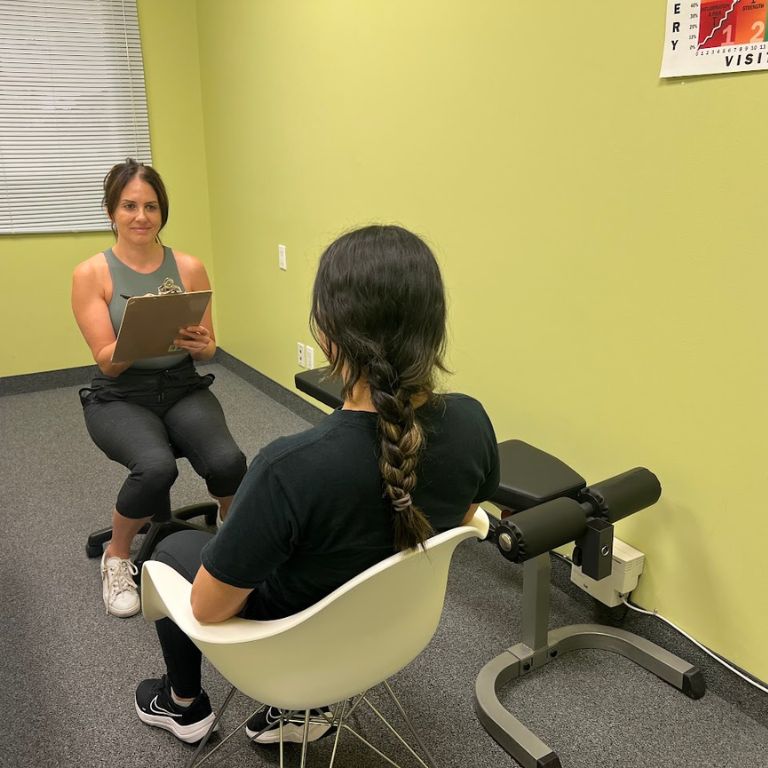Urinary incontinence is a common and often embarrassing condition that affects millions of people worldwide. It refers to the involuntary leakage of urine and can range from mild leakage to complete loss of bladder control. While it can occur in both men and women, it is more prevalent in women, especially after childbirth and menopause.
Treatment Options for Urinary Incontinence
Fortunately, there are several treatment options available for urinary incontinence, ranging from lifestyle changes to medical interventions. One of the most effective and non-invasive treatment options is pelvic floor therapy. You can hop over here if you want to know the role of pelvic floor therapy in treating urinary incontinence.

Pelvic floor therapy, also known as pelvic floor muscle training or Kegel exercises, involves strengthening the muscles that support the bladder, urethra, and other pelvic organs. This can help improve bladder control and reduce episodes of urinary incontinence. During pelvic floor therapy, a healthcare professional will guide you through exercises that target the pelvic floor muscles.
Conclusion
Pelvic floor therapy is a highly effective and non-invasive treatment option for urinary incontinence. By strengthening the pelvic floor muscles, individuals can regain control over their bladder and improve their quality of life. If you are experiencing urinary incontinence, it is recommended to consult with a healthcare professional or pelvic floor therapist to determine if pelvic floor therapy is a suitable treatment option for you.
